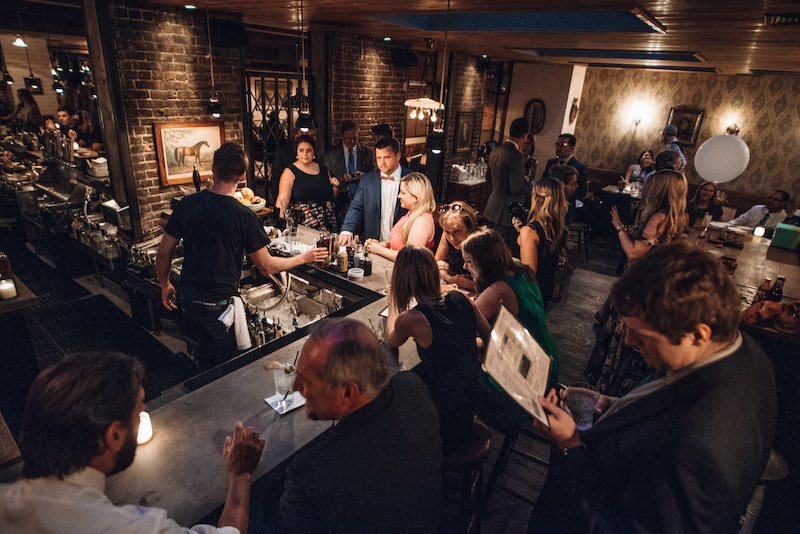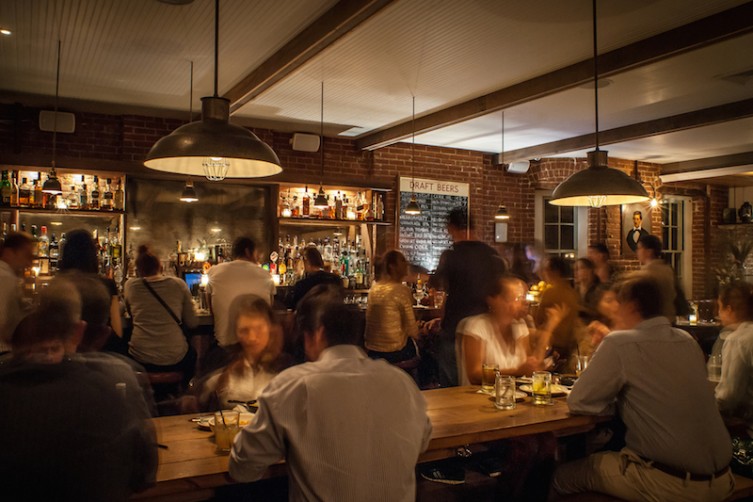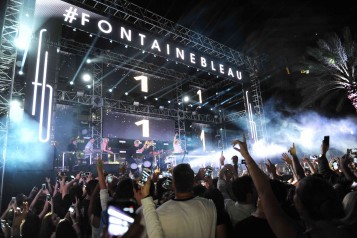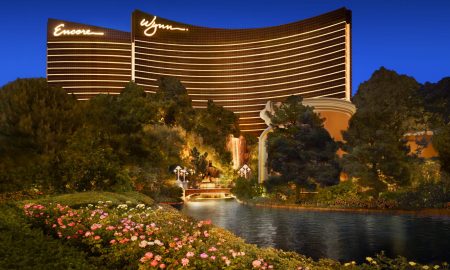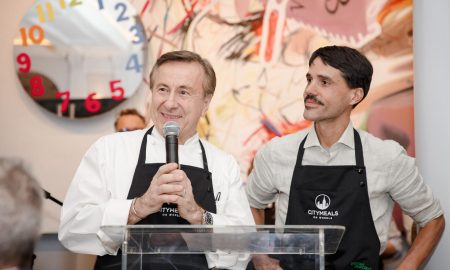There’s a culinary movement happening in the Upper East Side. After years of construction all over, and the introduction of a new subway line to the neighborhood, the Upper East Side is drawing in more new residents and visitors than it has in years. New restaurants and bars are popping up all along the neighborhood to define the new cool that has become the Upper East Side. Before the sweeping movement hit the neighborhood though, Ruairi Curtin and his partners opened The Penrose, a contemporary cool bar with a certain level of downtown “cool” to it. Years later, The Penrose has proven to be ahead of its time, and more successful than ever.
The Penrose has the vibe of a lot of bars downtown that you and your partners co-own like The Spaniard, Bua, Wilfie & Nell, and others. When you were creating The Penrose, who were you looking to build a bar for?
With every one we try and look at each one with an individualistic point of view. Each one is a little different and based on the people at large that are around us. When we made Bua, we were all 27 and we wanted to cater it to people in our age group. As we progress, we tend to create bars we would like to hang out at in that point in our lives. We make bars for people like us.
What have you noticed about the neighborhood shifting to a modern, younger scene?
We’ve got two schools of thought. We tend to pick spaces that are already in growing neighborhoods. It wasn’t quite like that up here. It was a very different animal in February of 2011 when we started looking here. You would walk outside and it looked like a war zone with all the construction. We weren’t able to see the other side of the street at first. It started changing about a year ago, there’s a lot of young, new, progressive businesses opening up in the area.
So what made you come up here, not knowing at the time what the future would hold for the neighborhood?
At the time, a lot of people thought we were crazy. We just had to act on our gut. We really liked the space, and knew we could do a great bar/restaurant here. We saw the neighborhood needed something like this. A trick we have when we’re opening a place is I would get up at the crack of dawn and stand on the corner of Lexington Avenue for 90 minutes and then again for 90 minutes around 5:00 and watch people going to and coming from work. When I did that, you can see there’s a really great clientele of people here looking for somewhere to go. That was our research. It was very grassroots.
What are some things you go into creating a bar knowing, from the idea to the doors opening?
For The Penrose, we loved the space. The exposed brick was nice, our landlord was great—which is really important. When we saw all the construction going on for the subway at the time, the 2nd Avenue line, we thought we would pay a bit of homage to that. The Penrose is the name of the train station in the hometown of the co-owner and I. When you walk through the bar a lot of the elements are based on old railway stations like a leaderboard and green painted windows—things really indicative of old Irish railway stations.
To collect all those different furniture elements, where do you go to find those pieces?
Anywhere and everywhere. There’s a painting that we have in the bar that I found for sale online and had it shipped from Lima, Peru. It’s from 1780. The glass around the booths we bought from an antique shop, its from an old factory in New Jersey. The antique markets in Brooklyn are always good. We had two architects design the space and an interior designer, but my business partners and I found all the materials. It’s kind of fun, but then you end up with a storage space full of stuff. It’s a running joke with me that I can run to get a coffee and come back with an antique chair. Like those tables over there, they’re from an old ice cream parlor in Brooklyn. The desk we found on the street on 18th Street.
How do your menus differ location to location?
At each location, we have an individual bartender that crafts a program. We don’t dictate to each place what we have to serve and we don’t want every menu to be a cookie cutter. The food side of things, we hired great chefs to help us build the menus. We’re not chasing Michelin stars though—its just not what we do. We want to be bars, which also serve great food. We’re comfort food. We’re casual dining.
What are some of the places that inspired you before you started your bars?
When we opened Bua, our favorite bar at the time was Spring Lounge, on Spring and Mulberry. It’s been there forever. It’s simplistic, on the corner of the street, high volume. I wouldn’t call it a dive bar, but its certainly not a lounge. That’s what we wanted to create. A fun bar where people would want to hang out. The original Chumley’s and McSorley’s were inspirations too.
You had the great foresight to come up here when the Upper East Side was still being constructed. Where do you see the next big neighborhood to go up?
Midtown East, Hell’s Kitchen, they’re pretty underserved neighborhoods. In Brooklyn, there’s a beautiful bar on every street, and they’re all successful. You take one of those businesses and put it in Midtown and it’d be great.







